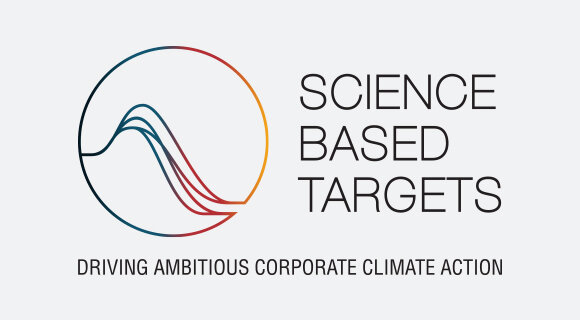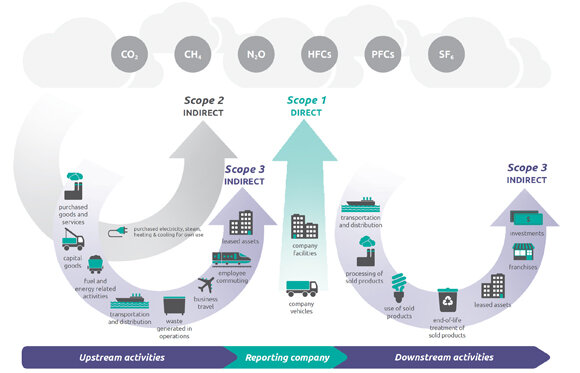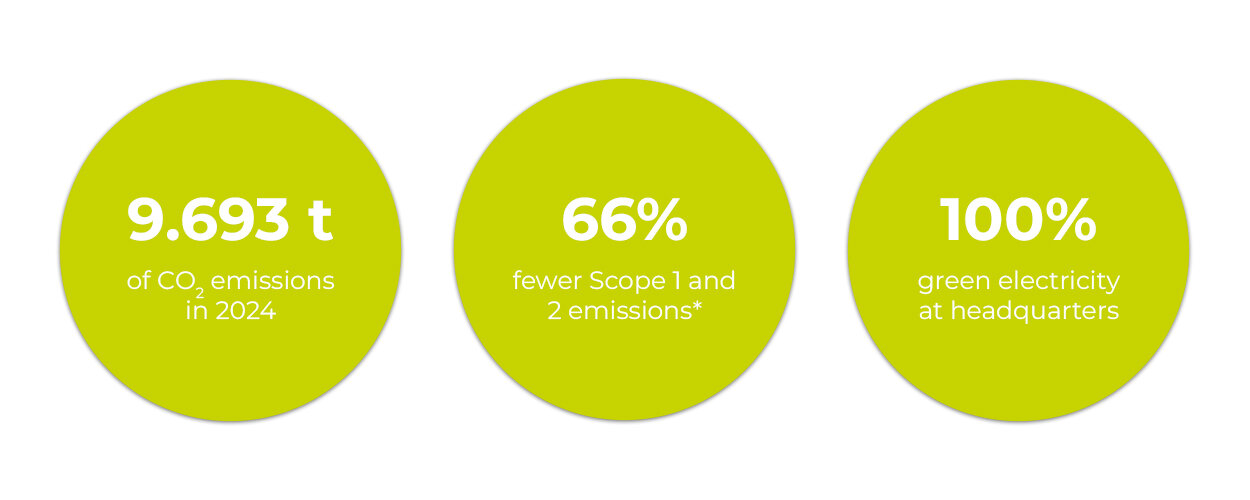Climate change is one of the greatest challenges of our time and requires immediate, effective action at global level. EDELRID is leading by example and setting ambitious, knowledge-based climate targets in line with the Paris Climate Agreement.
We are guided by the basic principles of ambition, reality, measurability, and traceability in order to clearly define our targets. And what is our primary target? To help limit global warming to a maximum of 1.5 degrees Celsius! This is based on the latest scientific findings of the Intergovernmental Panel on Climate Change (IPCC).
EDELRID is committed to consistently implementing these science-based climate targets. To ensure that we are on the right track, our progress is reviewed and validated by an independent organization—the Science Based Targets Initiative.





